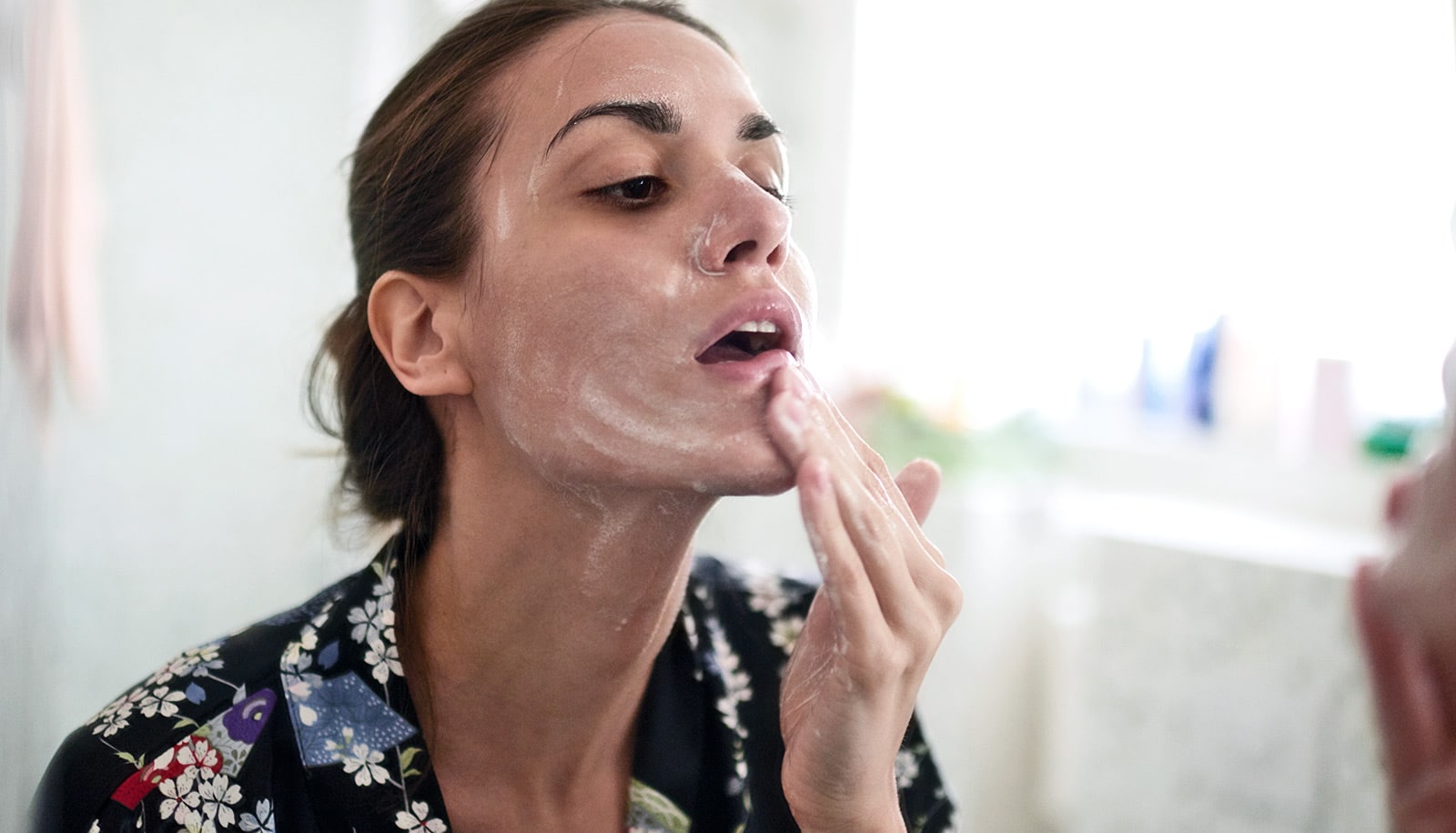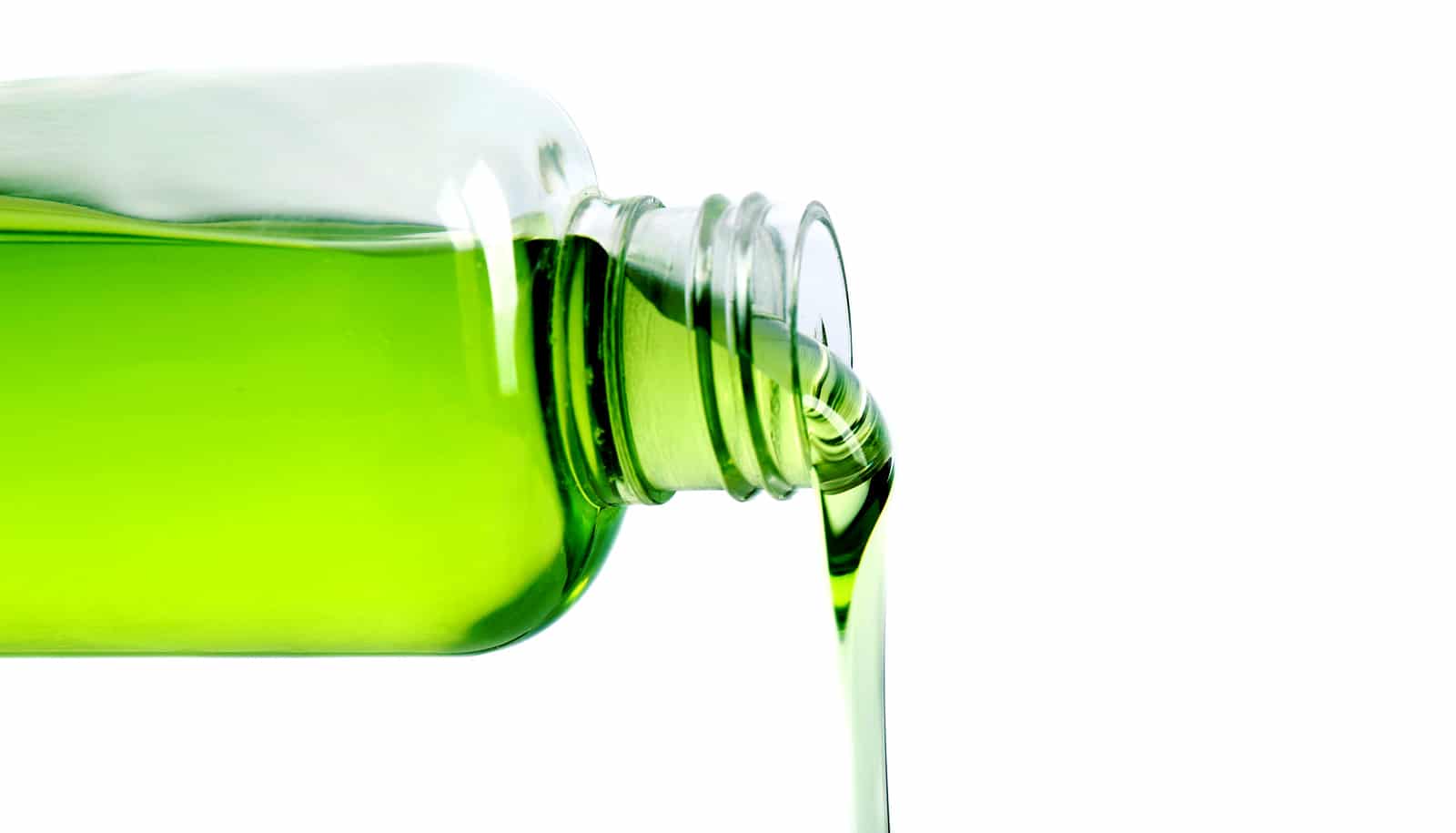Just how safe are the personal care products you use every day? Emily Barrett and Adana Llanos have been digging into that exact question.
Barrett and Llanos, researchers at Rutgers University’s School of Public Health, are studying how chemicals in the personal care products we use every day—from soap and shampoo to perfume and body lotions—may adversely affect our health.
Here, they explain why more information and further research are necessary to reduce exposure to harmful products and how consumer education is the answer to better health:
What has your research found about the risks chemicals in personal care products present?
Barrett: People are under the false impression that if a product makes it to the shelves of their supermarket or drugstore, then it’s totally safe to use. However, there is not a whole lot of testing to make sure that the ingredients in these products won’t have an adverse impact on your health. Lots of things on the shelf are essentially untested and by putting these products on our bodies every day, we are unwittingly participating in a human experiment.
Our research has discovered that many chemicals in the products we use daily are bad for our health in a variety of ways. When we think about the health risks posed by personal care products, skin irritation or rashes are often the first things that come to mind, but there also may be “invisible” long-term health impacts from many of the chemicals contained in personal care products, which are known endocrine disruptors, carcinogens and developmental toxicants. These ingredients can interfere with your body’s natural hormone systems, can cause inflammation, and may even contribute to hormone-sensitive cancers.
For example, many personal care products contain phthalates, which are chemicals that are widely used in formulations for personal care products due to their ability to hold on to color and, more especially, scent. Our research has shown that mothers who have higher levels of phthalates in their bodies during pregnancy are more likely to have children with language and behavioral issues as well as changes in reproductive development. We also have observed that high exposure to phthalates during pregnancy is associated with gestational diabetes, gestational hypertension and even preterm birth.
This issue really hit home when I was pregnant with my son, who is now 9. We were actively researching how phthalates may impact the male fetus’ ability to produce androgens, like testosterone, and I became much more aware about the products I put on my body. It was hard to find products that I could be confident were safe for him. Fortunately, there is a big movement toward safer, “green” cosmetics, but we still have a long way to go.
Llanos: Some of my previously published research showed that the use of hair dyes—especially dark shades, such as dark brown or black—and the use of chemical relaxers/straighteners were associated with increased risk of breast cancer. Use of darker hair dye shades was associated with a 51% increased risk of breast cancer among black women, while use of chemical relaxers or straighteners was associated with a 74% increased risk of breast cancer among white women. The findings from that study warrant further study to explore hair products and other personal care products as important exposures contributing to risk of breast cancer.
In addition to our research, several other studies have suggested potential links between the use of personal care products, which might contain harmful ingredients, and increased risks for various conditions. However, these studies have been limited by a lack of information on specific brands and products that people might be using regularly and their use by different demographics. Such information would provide opportunities for identifying products—and the potentially harmful ingredients they contain—to allow consumers to reduce their exposure.
Currently, we are conducting a survey among members of the Rutgers community that will collect information on the products used as well as how people perceive their personal care products and how they select the products they use.
How can people select more safe personal care products?
Barrett: The first question to ask is “Do I really need to use so many products?” Women often use upward of 20 products in a typical day, which increases the concentrations of chemicals that are introduced to their body. Paring down your routine can lower your chemical burden as well as save you time and money.
Llanos: We don’t have enough information to make a call on whether traditional or organic products are better. Many products claim to be “organic,” but the ingredients lists can tell a different story. Consumers need to be more aware of the products they are using and the health risks. A great resource is the Environmental Working Group’s Skin Deep Cosmetics Database, which includes nearly 80,000 products from more than 2,000 brands. It provides information on the chemicals contained in each of those products and the potential health risks they pose. It also can help you identify safer choices if you are looking to make “cleaner” choices.
Do men and women have the same level of risk?
Barrett: A large part of the risk comes down to the amount of the product used. Men typically use fewer than 10 products a day, while women use about 20 products. Twenty products that have long ingredient lists may include chemicals that interfere with your hormones, that may be linked to cancer or to developmental toxicity—and we’re putting them all over our bodies where they can be readily absorbed.
Llanos: In this regard, men have been virtually ignored and the contribution of endocrine-disrupting chemicals exposures to men’s health has been understudied.
What advice do you have for purchasing personal care products?
Barrett: In general, organic products are usually a safer choice. But individuals should ask themselves if they need to use so many products. We know that the more products you use, the higher concentrations of chemicals are in your body. The Environmental Working Group’s Skin-Deep Cosmetics Database includes nearly 80,000 products from over 2,000 brands and provides information on the chemicals contained in each and the potential health risks they pose.
Llanos: I don’t think we have enough information on traditional and organic products. Awareness of what products we are using and the potential health risks is important and will allow consumers to make smarter and healthier choices.
Source: Rutgers University


